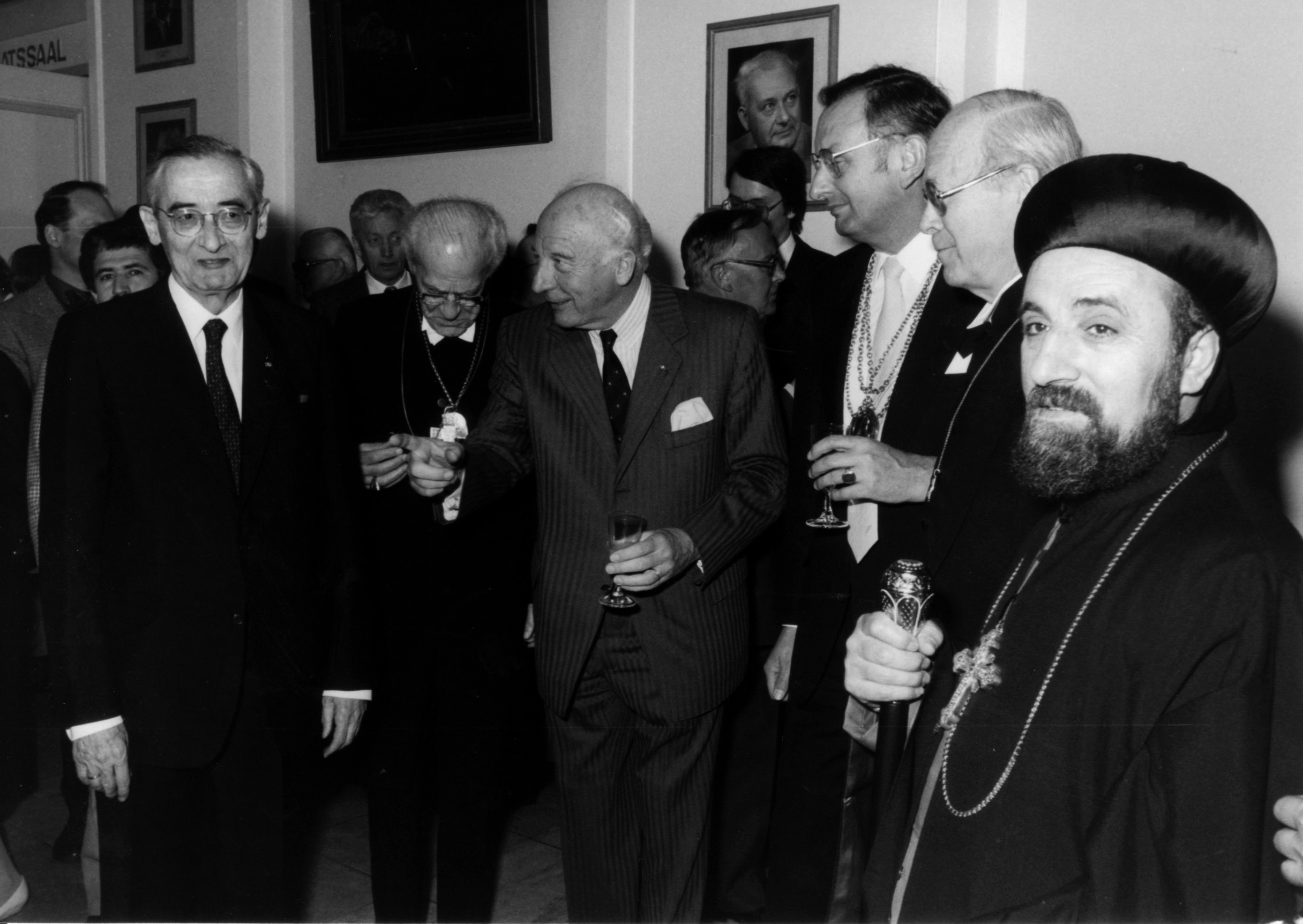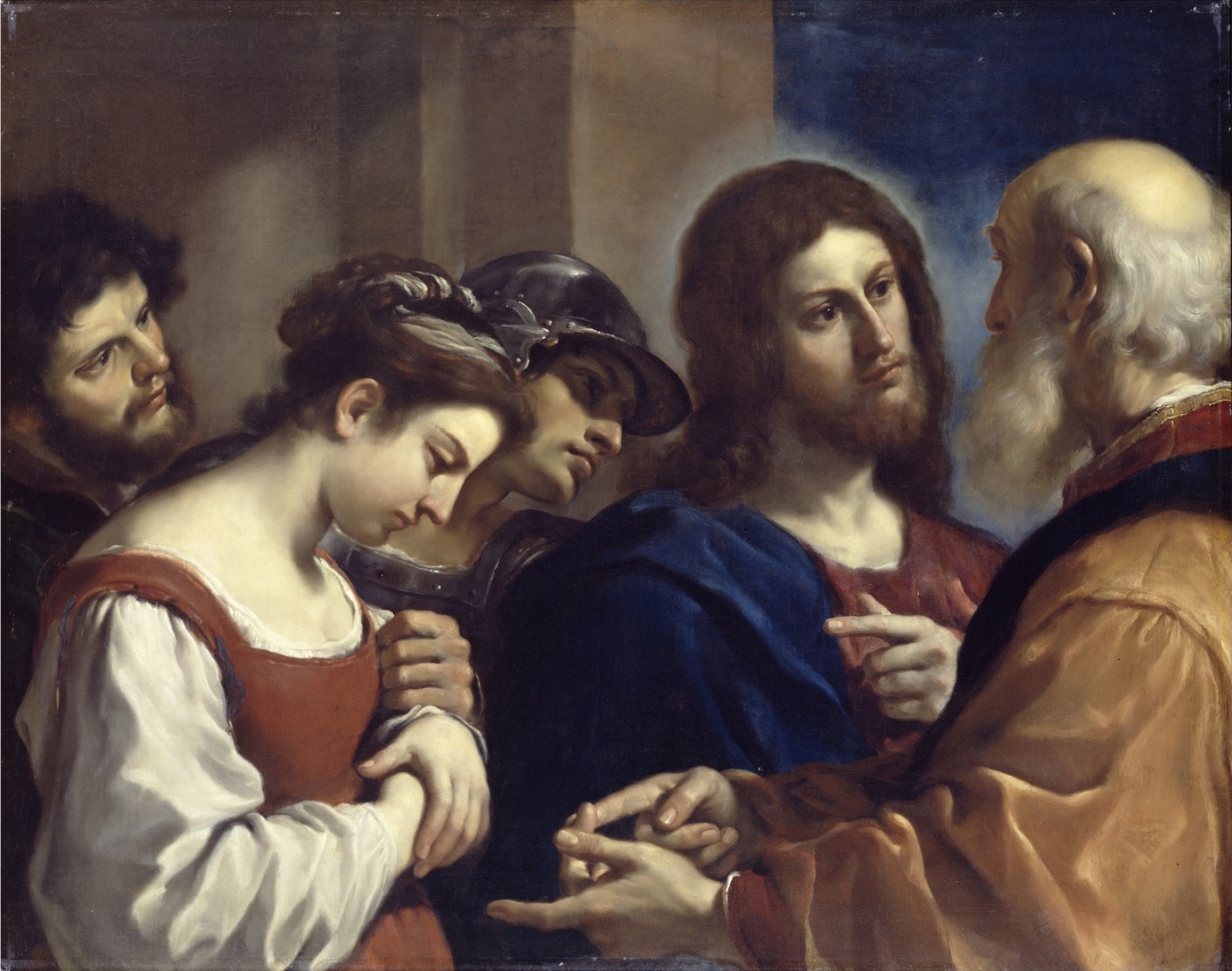|
Minuscule 776 (Gregory-Aland)
Minuscule 776 (in the Gregory-Aland numbering), ε1228 ( von Soden),Hermann von Soden, ''Die Schriften des neuen Testaments, in ihrer ältesten erreichbaren Textgestalt / hergestellt auf Grund ihrer Textgeschichte'' (Berlin 1902), vol. 1, p. 163. is a Greek minuscule manuscript of the New Testament written on parchment. Palaeographically it has been assigned to the 11th century. The manuscript has complex contents.Handschriftenliste at the Münster Institute Description The contains the text of the four s, on 387 |
Gospel
Gospel originally meant the Christianity, Christian message ("the gospel"), but in the second century Anno domino, AD the term (, from which the English word originated as a calque) came to be used also for the books in which the message was reported. In this sense a gospel can be defined as a loose-knit, episodic narrative of the words and deeds of Jesus, culminating in trial of Jesus, his trial and crucifixion of Jesus, death, and concluding with various reports of his Post-resurrection appearances of Jesus, post-resurrection appearances. The Gospels are commonly seen as literature that is based on oral traditions, Christian preaching, and Old Testament exegesis with the consensus being that they are a variation of Greco-Roman biography; similar to other ancient works such as Xenophon's Memorabilia (Xenophon), ''Memoirs of Socrates''. They are meant to convince people that Jesus was a charismatic miracle-working holy man, providing examples for readers to emulate. As such ... [...More Info...] [...Related Items...] OR: [Wikipedia] [Google] [Baidu] |
Kurt Aland
Kurt Aland (28 March 1915 – 13 April 1994) was a German theologian and Biblical studies, biblical scholar who specialized in New Testament textual criticism. He founded the ''Institute for New Testament Textual Research, Institut für neutestamentliche Textforschung'' (Institute for New Testament Textual Research) in Münster and served as its first director from 1959 to 1983. He was one of the principal editors of ''Novum Testamentum Graece#Editions, Nestle–Aland – Novum Testamentum Graece'' for the Deutsche Bibelgesellschaft and ''Novum Testamentum Graece#Editions, The Greek New Testament'' for the United Bible Societies. Life Aland was born in Berlin-Steglitz. He started studying theology in 1933 at the Humboldt University of Berlin, Friedrich-Wilhelms-Universität in Berlin (he also studied philology, archaeology, and history). On 23 March that year, he was examined before the ''Bruderrat'' (council of brothers) in the ''Bekennende Kirche'' (Confessing Church). Durin ... [...More Info...] [...Related Items...] OR: [Wikipedia] [Google] [Baidu] |
Textual Criticism
Textual criticism is a branch of textual scholarship, philology, and literary criticism that is concerned with the identification of textual variants, or different versions, of either manuscripts (mss) or of printed books. Such texts may range in dates from the earliest writing in cuneiform, impressed on clay, for example, to multiple unpublished versions of a 21st-century author's work. Historically, scribes who were paid to copy documents may have been literate, but many were simply copyists, mimicking the shapes of letters without necessarily understanding what they meant. This means that unintentional alterations were common when copying manuscripts by hand. Intentional alterations may have been made as well, for example, the censoring of printed work for political, religious or cultural reasons. The objective of the textual critic's work is to provide a better understanding of the creation and historical transmission of the text and its variants. This understanding may ... [...More Info...] [...Related Items...] OR: [Wikipedia] [Google] [Baidu] |
List Of New Testament Minuscules
The list of New_Testament_minuscule, New Testament Minuscules ordered by Gregory–Aland index number is divided into three sections: * List of New Testament minuscules (1–1000) * List of New Testament minuscules (1001–2000) * List of New Testament minuscules (2001–), List of New Testament minuscules (2001–3000) By location and institution List of New Testament Minuscules ordered by location and hosting institution: (*) Indicates only a portion of manuscript held by institution. (**) Indicates manuscript is a forgery. Bold Indicates manuscript has been color photographed. A–F G H–M N–T U–Z See also * List of artifacts significant to the Bible * List of New Testament Church Fathers * List of New Testament Latin manuscripts * List of New Testament lectionaries * New Testament amulet, List of New Testament amulets * List of New Testament papyri * List of New Testament uncials References Bibliography * * * {{DEFAULTSORT:New Testament minuscules ... [...More Info...] [...Related Items...] OR: [Wikipedia] [Google] [Baidu] |
Athens
Athens ( ) is the Capital city, capital and List of cities and towns in Greece, largest city of Greece. A significant coastal urban area in the Mediterranean, Athens is also the capital of the Attica (region), Attica region and is the southernmost capital on the European mainland. With its urban area's population numbering over 3.6 million, it is the List of urban areas in the European Union, eighth-largest urban area in the European Union (EU). The Municipality of Athens (also City of Athens), which constitutes a small administrative unit of the entire urban area, had a population of 643,452 (2021) within its official limits, and a land area of . Athens is one of the List of oldest continuously inhabited cities, world's oldest cities, with its recorded history spanning over 3,400 years, and its earliest human presence beginning somewhere between the 11th and 7th millennia BCE. According to Greek mythology the city was named after Athena, the ancient Greek goddess of wisdom, ... [...More Info...] [...Related Items...] OR: [Wikipedia] [Google] [Baidu] |
Institute For New Testament Textual Research
The Institute for New Testament Textual Research ( — INTF) at the University of Münster, Westphalia, Germany, is to research the textual history of the New Testament and to reconstruct its Greek initial text on the basis of the entire manuscript tradition, the early translations and patristic citations; furthermore the preparation of an '' Editio Critica Maior'' based on the entire tradition of the New Testament in Greek manuscripts, early versions and New Testament quotations in ancient Christian literature. Under Kurt Aland's supervision, the INTF collected almost the entire material that was needed. The manuscript count in 1950 was 4250, in 1983, 5460, and in 2017 approximately 5800 manuscripts. Moreover, INTF produces several more editions and a variety of tools for New Testament scholarship, including the concise editions known as the "Nestle–Aland" – ''Novum Testamentum Graece'' and the UBS Greek New Testament. Many of the results are also available to the wider ... [...More Info...] [...Related Items...] OR: [Wikipedia] [Google] [Baidu] |
Obelus
An obelus (plural: obeluses or obeli) is a term in codicology and latterly in typography that refers to a historical annotation mark which has resolved to three modern meanings: * Division sign * Dagger * Commercial minus sign (limited geographical area of use) The word "obelus" comes from (obelós), the Ancient Greek word for a sharpened stick, spit, or pointed pillar. This is the same root as that of the word ' obelisk'. In mathematics, the first symbol is mainly used in Anglophone countries to represent the mathematical operation of division and is called an obelus. In editing texts, the second symbol, also called a dagger mark is used to indicate erroneous or dubious content; or as a reference mark or footnote indicator. It also has other uses in a variety of specialist contexts. Use in text annotation The modern dagger symbol originated from a variant of the obelus, originally depicted by a plain line , or a line with one or two dots . It represented an ... [...More Info...] [...Related Items...] OR: [Wikipedia] [Google] [Baidu] |
Jesus And The Woman Taken In Adultery
Jesus and the woman taken in adultery (or the ) is a passage (pericope) found in John 7:53–John 8#Pericope adulterae, 8:11 of the New Testament. It is considered by many to be Pseudepigrapha, pseudepigraphical. In the passage, Jesus was teaching in the Second Temple after coming from the Mount of Olives. A group of scribes and Pharisees confronts Jesus, interrupting his teaching. They bring in a woman, accusing her of committing adultery, claiming she was caught in the very act. They tell Jesus that the punishment for someone like her should be stoning, as prescribed by Law of Moses, Mosaic Law. Jesus begins to write something on the ground using his finger; when the woman's accusers continue their challenge, he states that the one who is without sin is the one who should cast the first stone at her. The accusers depart, realizing not one of them is without sin either, leaving Jesus alone with the woman. Jesus asks the woman whether anyone has condemned her, and she answers ... [...More Info...] [...Related Items...] OR: [Wikipedia] [Google] [Baidu] |
Minuscule 106
Minuscule 106 (in the Gregory-Aland numbering), ε 1380 ( Soden), is a Greek minuscule manuscript of the New Testament, on parchment leaves. Palaeographically it has been assigned to the 10th century. Description The codex contains a complete text of the four Gospels on 212 parchment leaves . The text is written in one column per page, in 22 lines per page. The Greek text of the codex Kurt Aland did not place in any Category. According to the Claremont Profile Method it belongs to the textual group M106 in Luke 1, Luke 10, and Luke 20. It contains many readings close to Syriac Philoxenian. It has unique reading in Matthew 27:62. In John 7:40 it lacks the phrase των λογων τουτων; the reading is supported only by Lectionary 44 and Syriac Sinaitic. History Griesbach dated the manuscript to the 10th century. The manuscript once belonged to César de Missy. Jackson collated the text of the manuscript for Wettstein in 1748. It was examined by Griesbach ... [...More Info...] [...Related Items...] OR: [Wikipedia] [Google] [Baidu] |
Codex Campianus
Codex Campianus is a Greek uncial manuscript of the New Testament Gospels, written on parchment. It is designated as "M" or "021" in the Biblical manuscript#Gregory-Aland, Gregory-Aland numbering of New Testament manuscripts, and ε 72 in the Biblical manuscript#Von Soden, von Soden numbering of New Testament manuscripts. Using the study of comparative writings styles (palaeography), it has been assigned to the 9th century CE. The manuscript has complex contents. It has marginalia, marginal notes and was prepared for liturgical (religious) use. It contains musical notation surrounding some of the text, with a ''Harmony of the Gospels'' included at the bottom of each page. Art miniatures are included of the respective evangelists before each Gospel. The text of the manuscript was held in high esteem by some 19th-century scholars, but this general opinion changed in the 20th century; as a result the manuscript is rarely cited in critical editions of the Novum Testamentum Graece, G ... [...More Info...] [...Related Items...] OR: [Wikipedia] [Google] [Baidu] |



